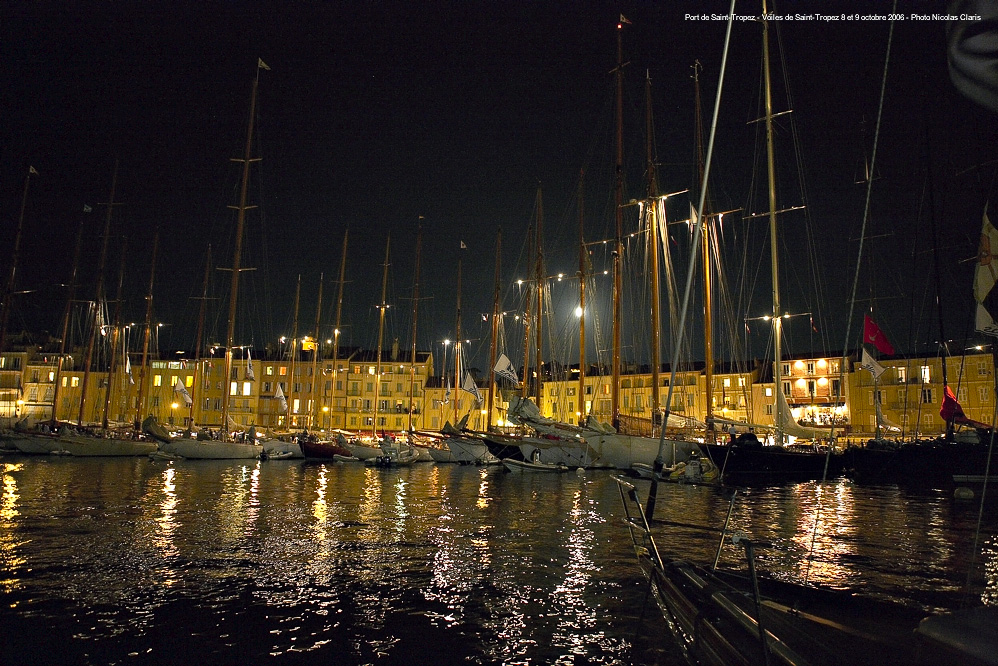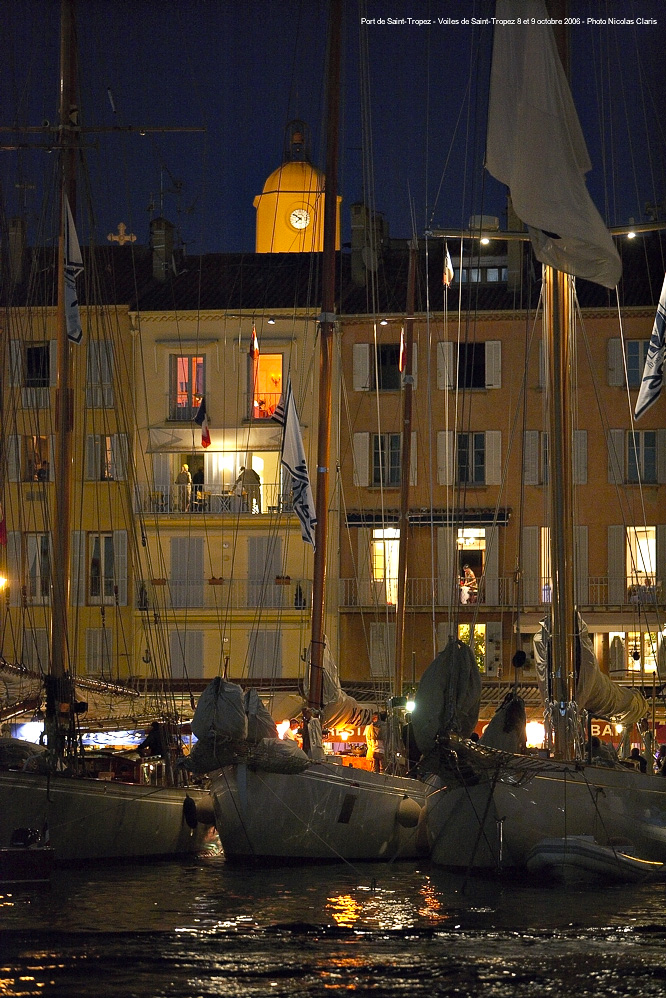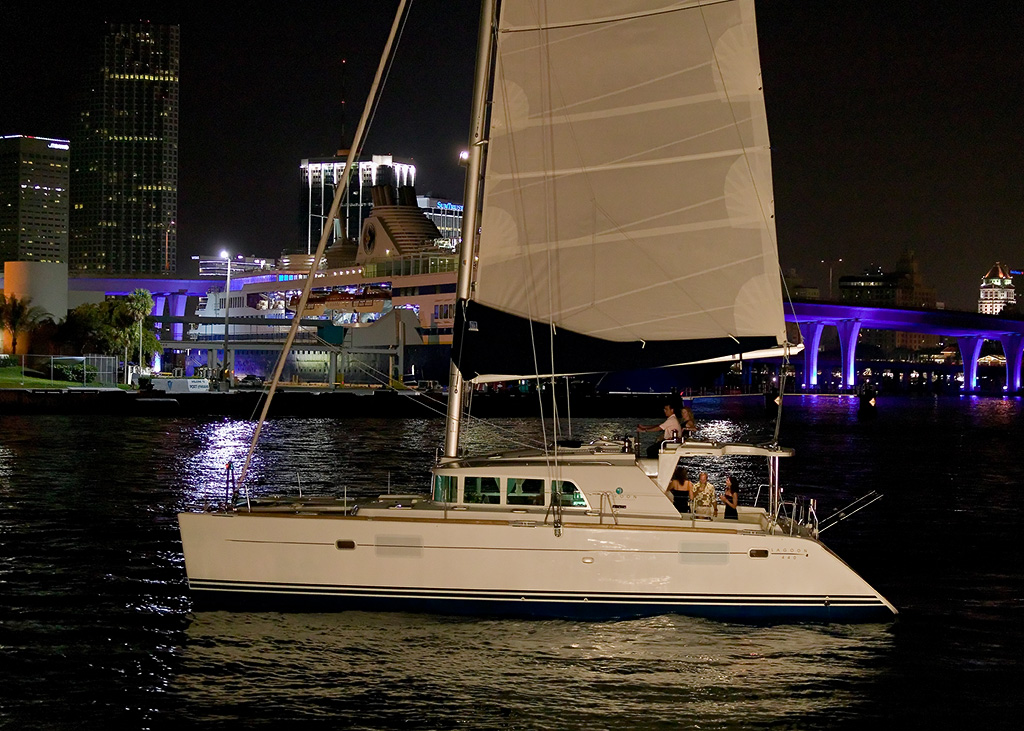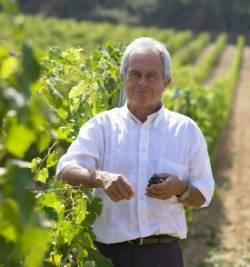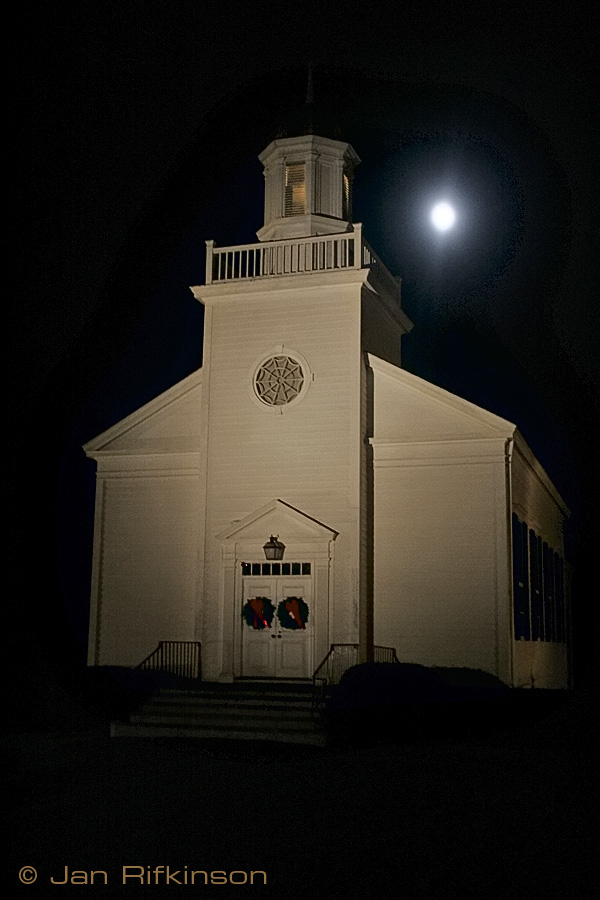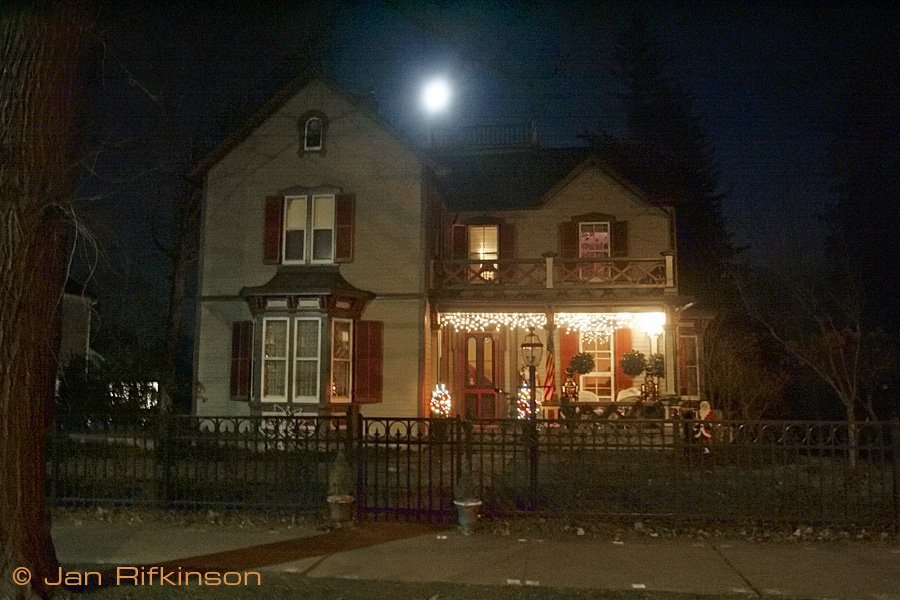Jan Rifkinson
New member
Not sure where this thread goes. ADMIN pls move if not appropriate here.
I spent one evening shooting night scenes/xmas lights in my 'quaint' New England town, foolishly thinking I might capture some of the holiday 'spirit" (main st houses all decorated, street lamps, etc). Just about froze my tush off but thinking about all the beautiful photos kept me warm.
using my 20-35 EF F2.8, I tried to lower my ISO as much as I could dependent on the subect. No tripod which limited my range.
Anyway, some pix were blurry -- too slow --, some blurry -- lens @ 28.? --, some underexposed, some blossomed at the lights/also full moon.
In short, they all stunk. All 1.5 gig worth
I'm also finding this same problem shooting room interiors w normal artificial lighting, i.e. lamps, etc.
So I need some advice for shooting with the above lens (the fastest one I've got at the moment). A tripod I understand but settings/exposures, etc ideas would be very much appreciated. If you think the lens sucks, feel free.. I'm open to all thoughts on this subject.
TIA
I spent one evening shooting night scenes/xmas lights in my 'quaint' New England town, foolishly thinking I might capture some of the holiday 'spirit" (main st houses all decorated, street lamps, etc). Just about froze my tush off but thinking about all the beautiful photos kept me warm.
using my 20-35 EF F2.8, I tried to lower my ISO as much as I could dependent on the subect. No tripod which limited my range.
Anyway, some pix were blurry -- too slow --, some blurry -- lens @ 28.? --, some underexposed, some blossomed at the lights/also full moon.
In short, they all stunk. All 1.5 gig worth
I'm also finding this same problem shooting room interiors w normal artificial lighting, i.e. lamps, etc.
So I need some advice for shooting with the above lens (the fastest one I've got at the moment). A tripod I understand but settings/exposures, etc ideas would be very much appreciated. If you think the lens sucks, feel free.. I'm open to all thoughts on this subject.
TIA


